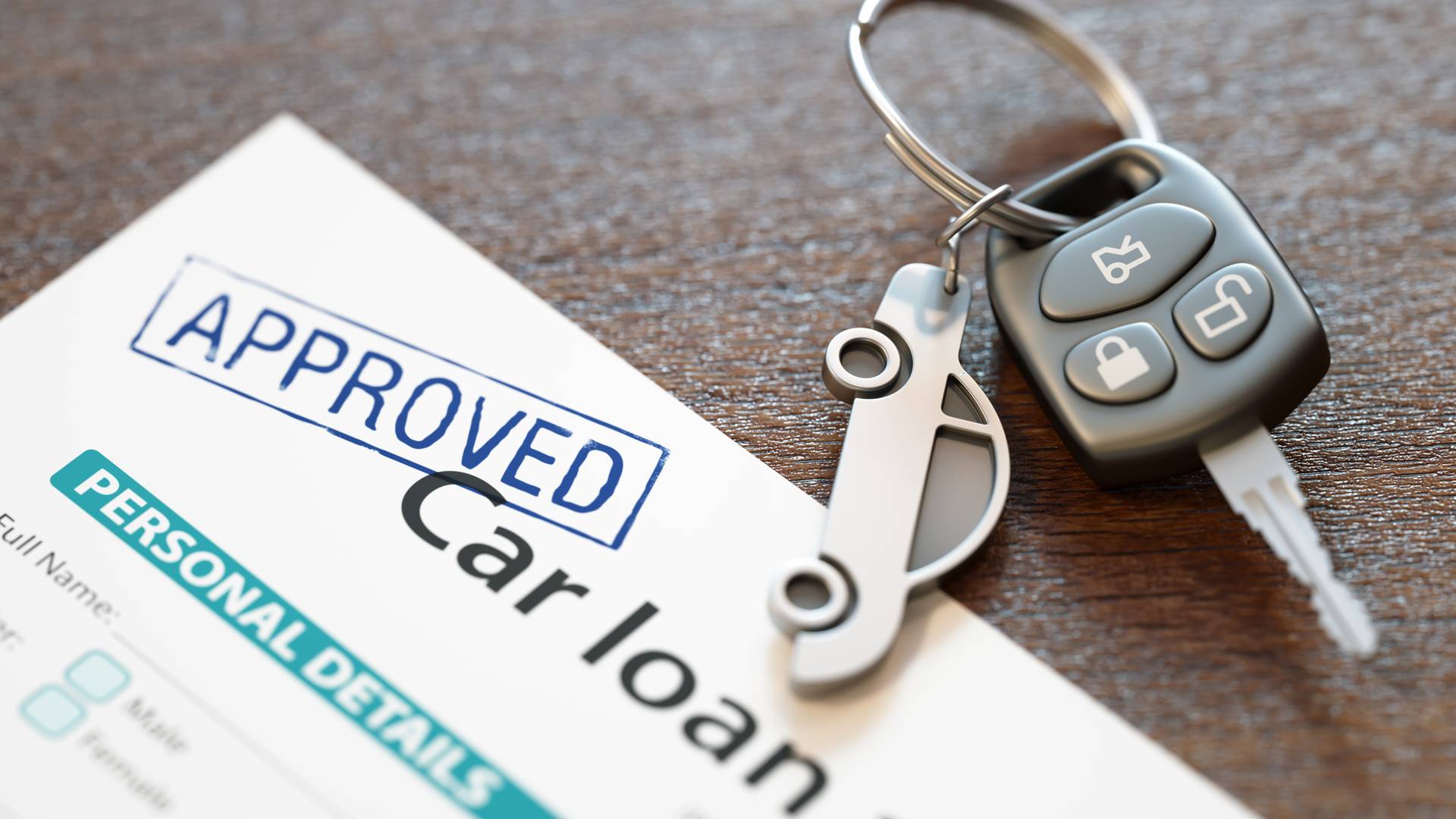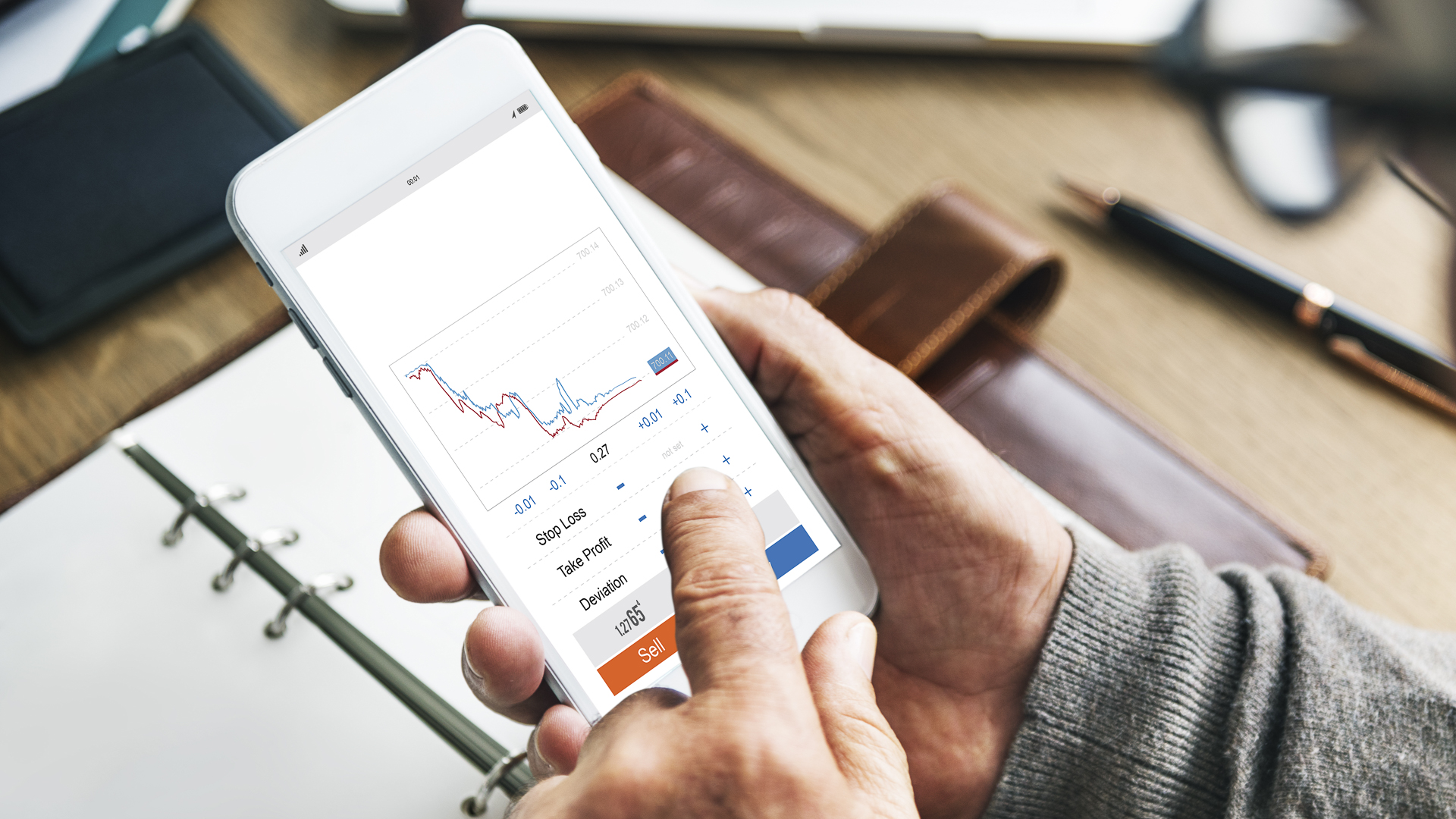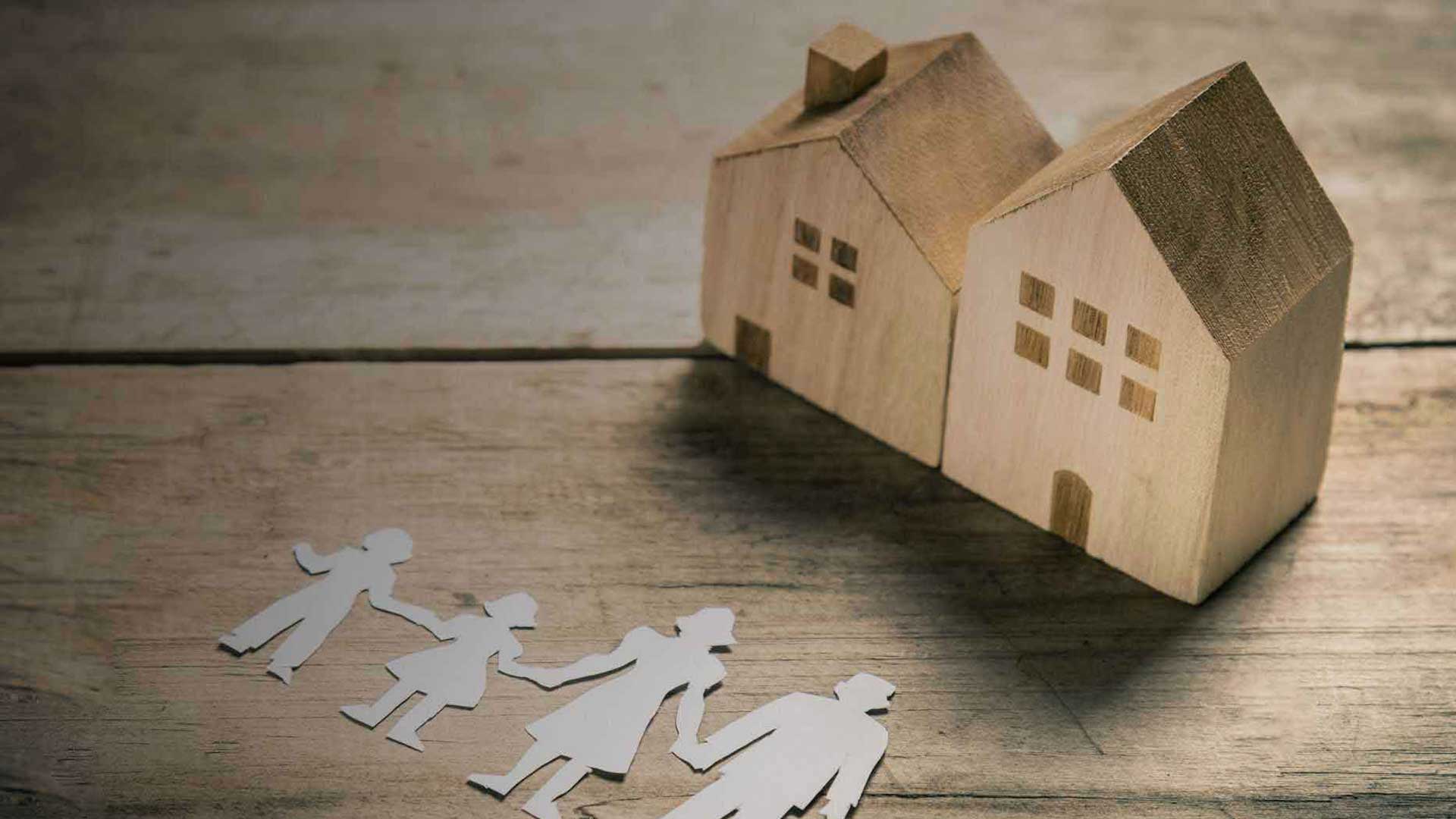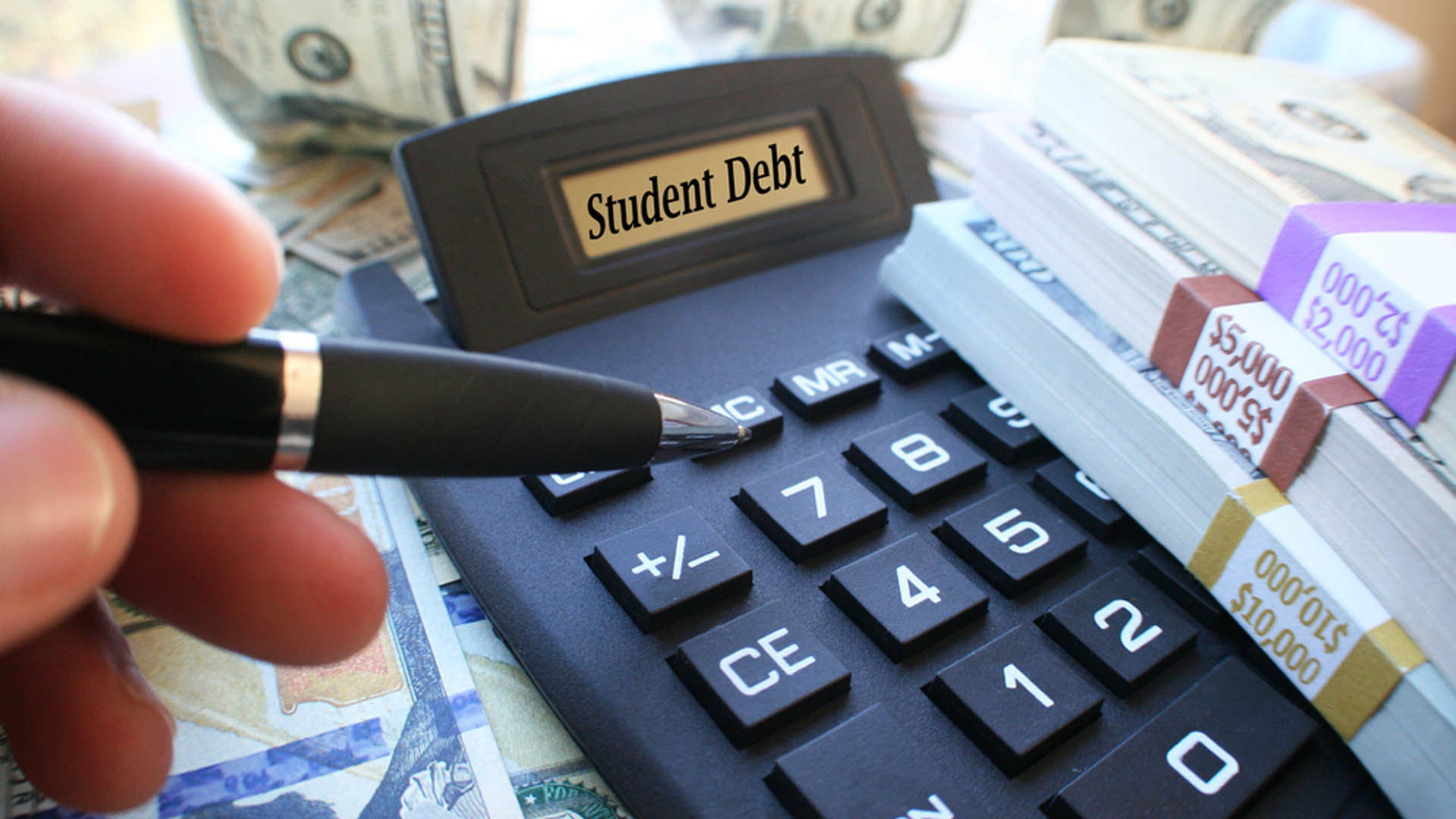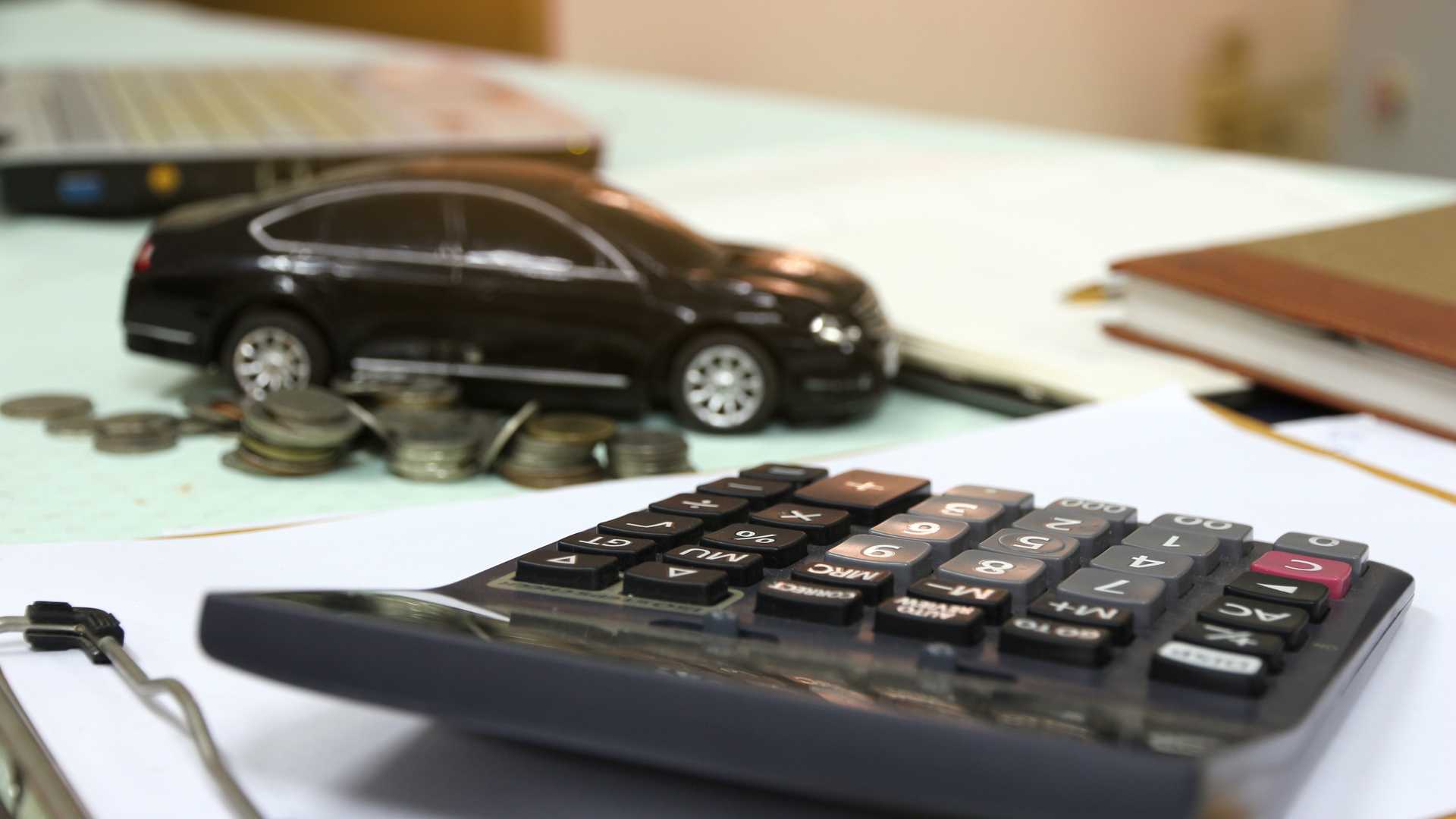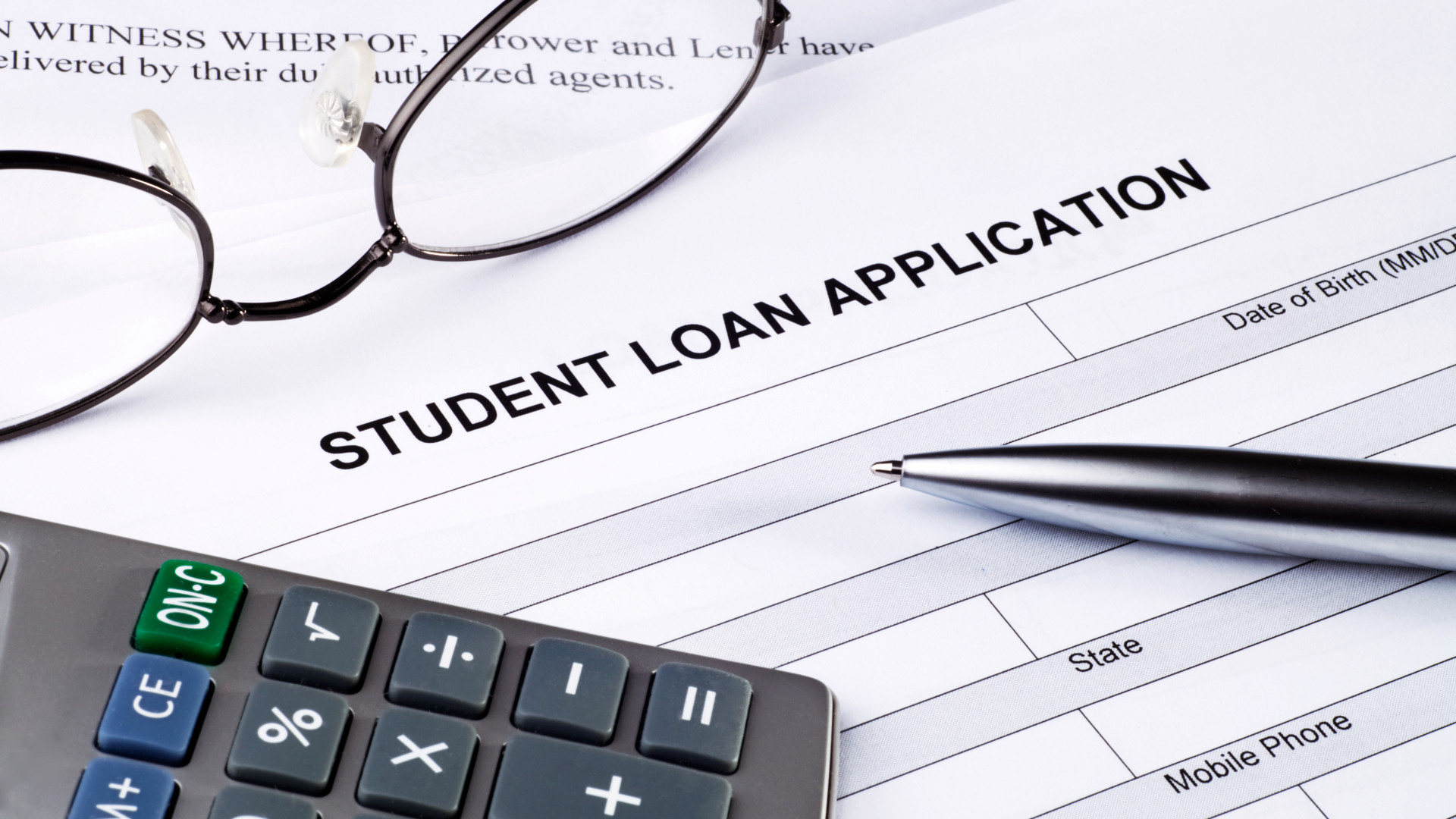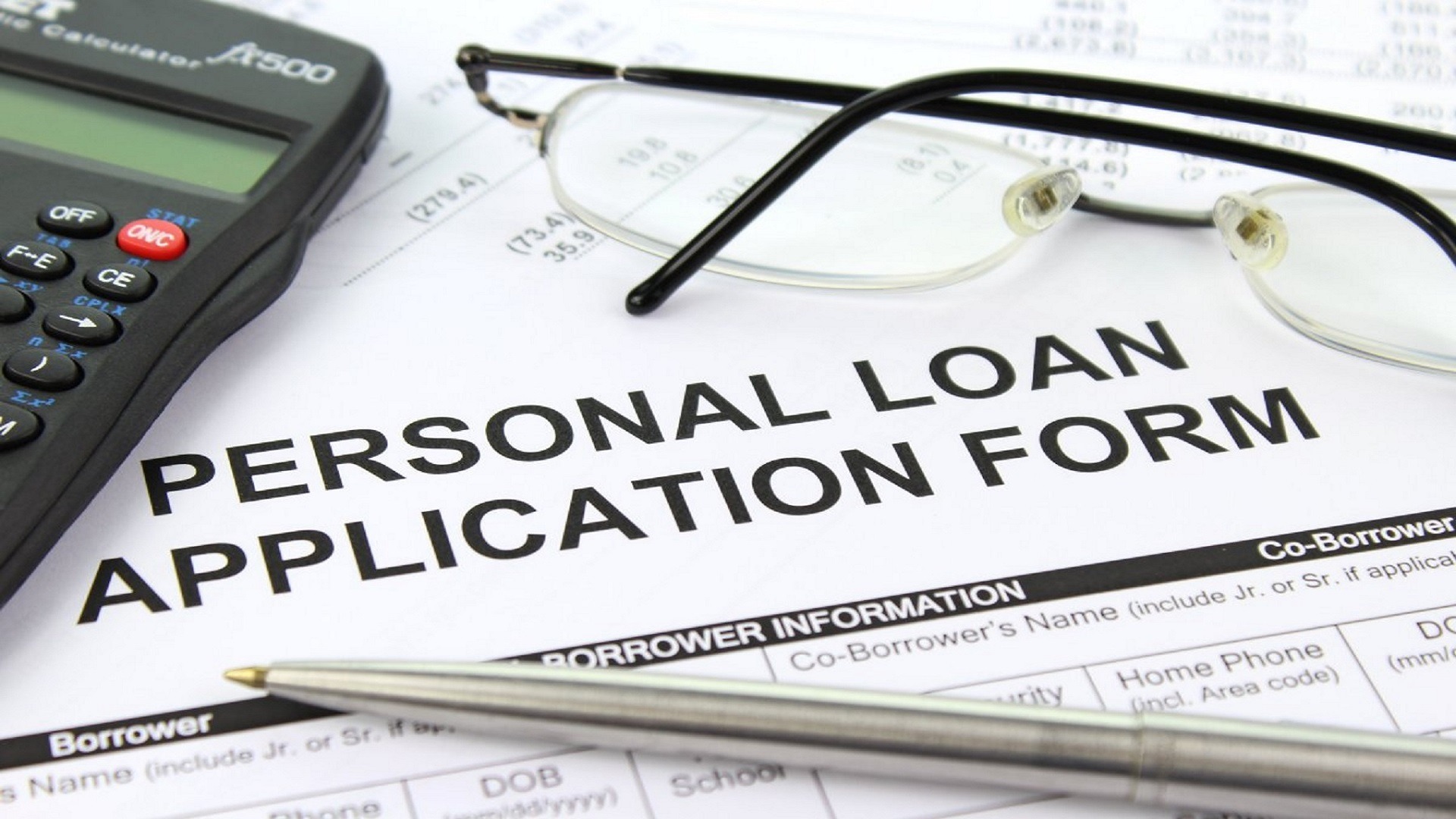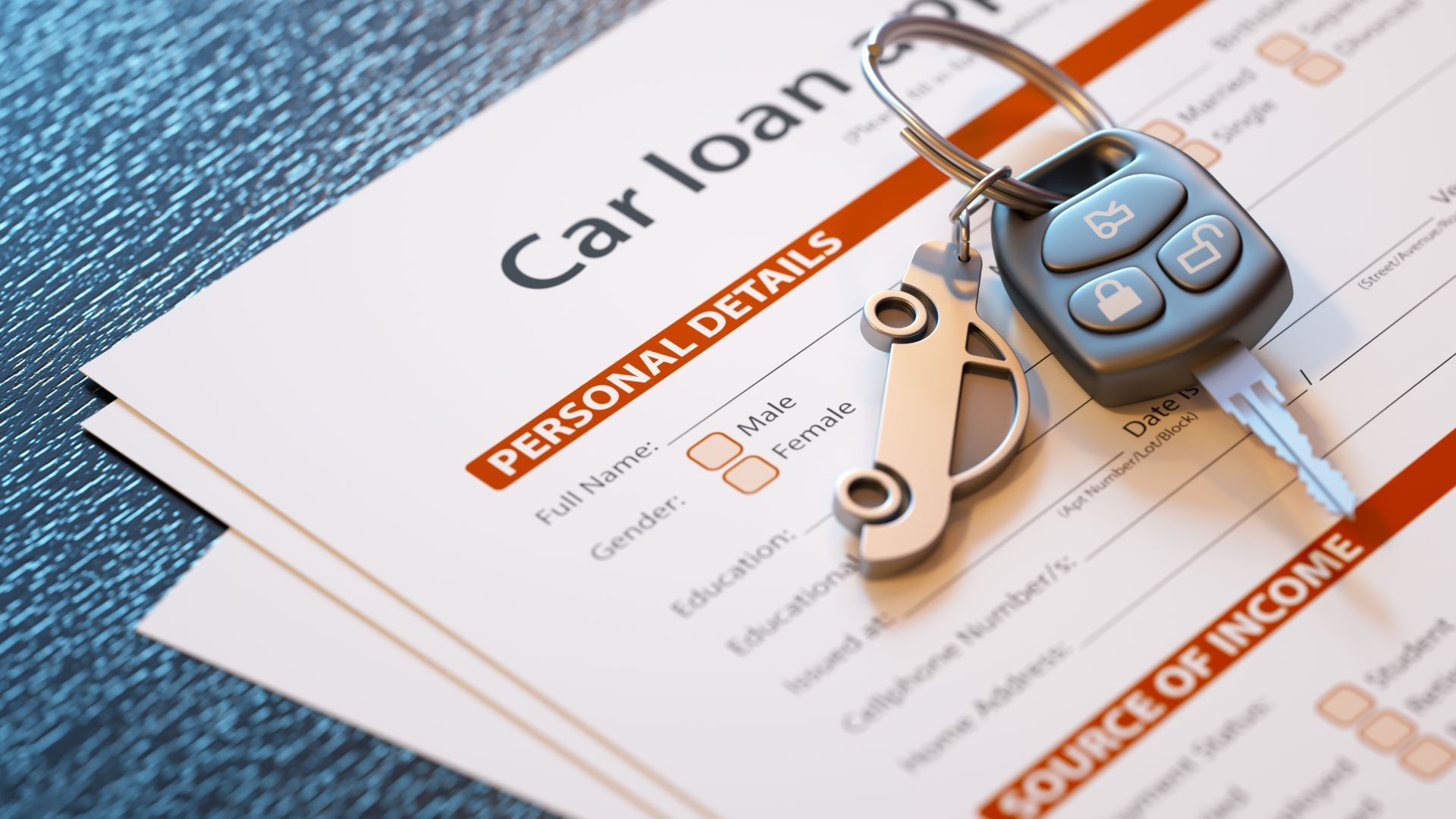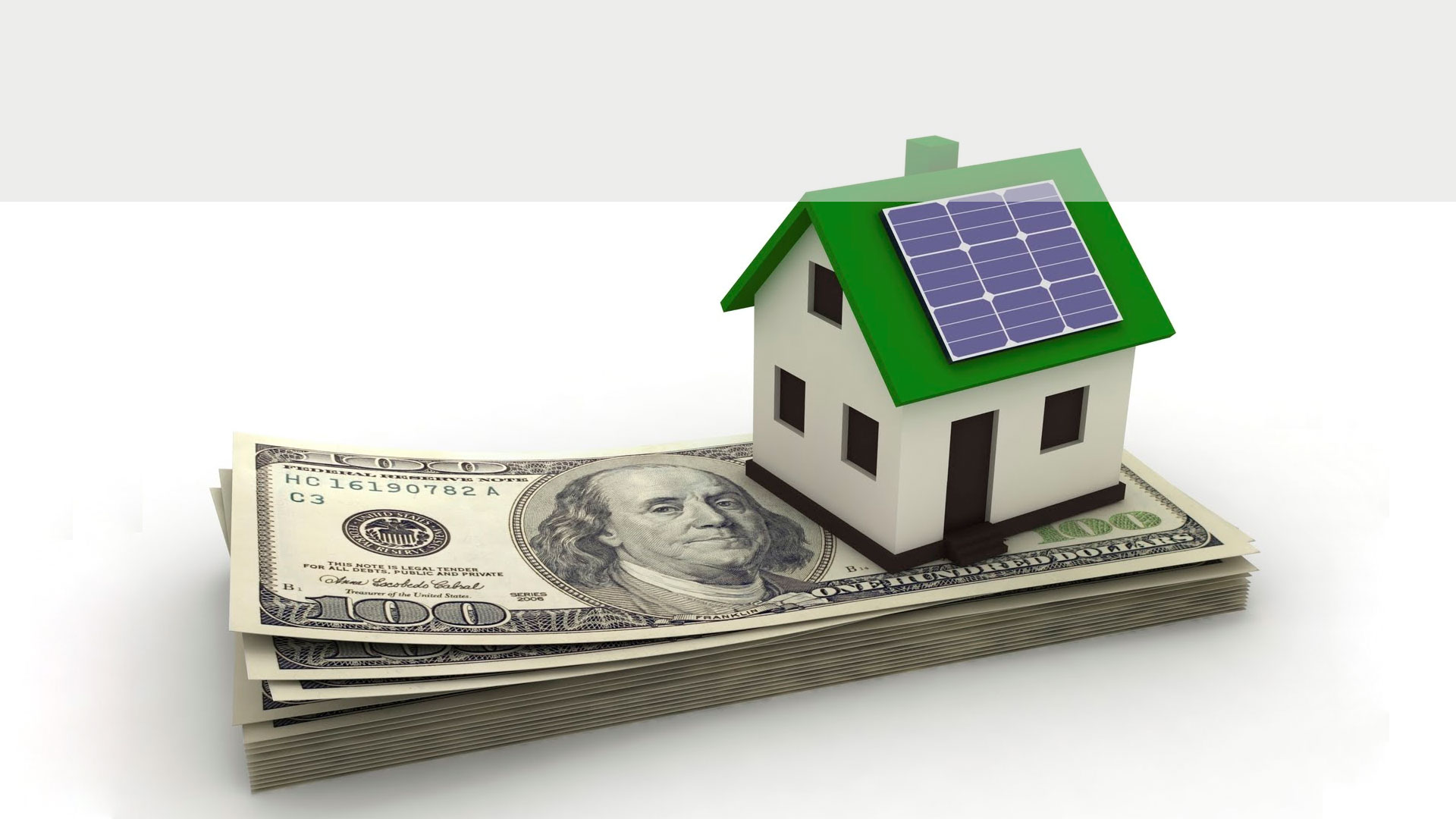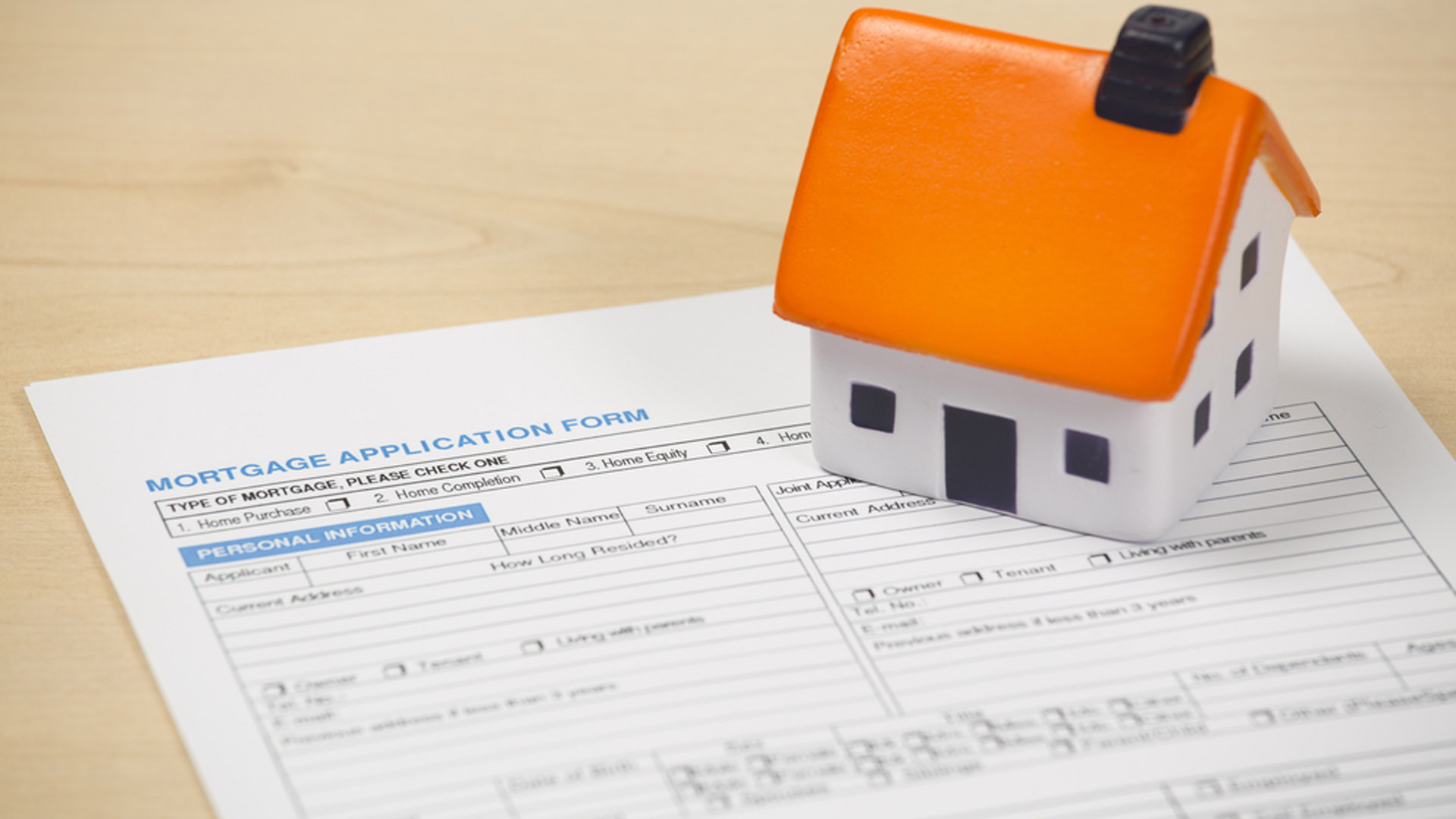Secured personal loans can be a valuable financial tool for individuals seeking access to funds while offering collateral to secure the loan. In this comprehensive guide, we explore the various sources and options for obtaining secured personal loans, helping you make informed decisions about your borrowing needs.
Table of Contents:
- Introduction to Secured Personal Loans
- What Are Secured Personal Loans?
- How Do Secured Loans Differ from Unsecured Loans?
- Types of Collateral
- Real Estate (Home Equity Loans and HELOCs)
- Vehicles (Auto Title Loans)
- Savings or Certificate of Deposit (CD) Secured Loans
- Personal Assets (Jewelry, Electronics, etc.)
- Traditional Lenders
- Banks and Credit Unions
- Online Lenders
- Specialized Lenders
- Peer-to-Peer (P2P) Lending Platforms
- Pawnshops
- Government Programs
- Small Business Administration (SBA) Loans
- Federal Housing Administration (FHA) Title I Loans
- Steps to Secure a Secured Personal Loan
- Assess Your Needs
- Evaluate Collateral Value
- Choose the Right Lender
- Gather Necessary Documentation
- Apply and Await Approval
- Review Loan Terms and Conditions
- Pros and Cons of Secured Personal Loans
- Advantages
- Disadvantages
- Risks and Considerations
- Tips for Responsible Borrowing
- Borrow Only What You Need
- Understand Interest Rates and Fees
- Maintain Collateral Value
- Repay on Time
- Common Misconceptions About Secured Loans
- Misconceptions and Myths Debunked
- Conclusion: Finding the Right Secured Loan for Your Needs
Introduction to Secured Personal Loans
What Are Secured Personal Loans? Secured personal loans are loans that require collateral to secure the borrowed funds. Collateral is an asset or valuable item that borrowers pledge to the lender as a guarantee of repayment. In the event of non-payment, the lender has the right to seize and sell the collateral to recover the outstanding debt.
How Do Secured Loans Differ from Unsecured Loans? Secured loans differ from unsecured loans in that they require collateral, whereas unsecured loans do not. Unsecured loans are typically approved based on the borrower’s creditworthiness and income, while secured loans use collateral to mitigate the lender’s risk.
Types of Collateral
Secured personal loans can be obtained using various types of collateral. The choice of collateral depends on the borrower’s assets and preferences. Common forms of collateral include:
Real Estate (Home Equity Loans and HELOCs) Borrowers can use the equity in their homes as collateral for home equity loans or home equity lines of credit (HELOCs).
Vehicles (Auto Title Loans) Auto title loans allow borrowers to use their vehicles, such as cars, motorcycles, or boats, as collateral.
Savings or Certificate of Deposit (CD) Secured Loans Some financial institutions offer loans secured by the borrower’s savings account or CD. These loans are often used to build credit or obtain funds without depleting savings.
Personal Assets (Jewelry, Electronics, etc.) Certain lenders accept personal assets like jewelry, electronics, or valuable collectibles as collateral for secured loans.
Traditional Lenders
- Banks and Credit Unions: Traditional financial institutions offer secured personal loans to their customers. Borrowers can explore home equity loans, auto title loans, and other secured lending options.
- Online Lenders: Many online lenders specialize in offering secured personal loans. They provide convenience and accessibility, making it easier for borrowers to compare rates and terms.
Specialized Lenders
- Peer-to-Peer (P2P) Lending Platforms: P2P lending connects borrowers directly with individual investors. Some P2P platforms offer secured personal loans, and the terms are negotiated between the borrower and investor.
- Pawnshops: Pawnshops provide secured loans based on the value of items that borrowers pawn as collateral. Borrowers receive a loan amount based on the item’s appraised value.
Government Programs
- Small Business Administration (SBA) Loans: The SBA offers various loan programs for small businesses, some of which are secured by business assets or personal collateral.
- Federal Housing Administration (FHA) Title I Loans: These government-backed loans provide financing for home improvements and repairs, using the home itself as collateral.
Steps to Secure a Secured Personal Loan
Securing a secured personal loan involves several key steps:
- Assess Your Needs: Determine the amount you need to borrow and the purpose of the loan.
- Evaluate Collateral Value: Understand the value of your chosen collateral and its potential impact on loan terms.
- Choose the Right Lender: Research lenders, compare interest rates, fees, and loan terms, and select a reputable lender that aligns with your needs.
- Gather Necessary Documentation: Prepare the required documentation, such as proof of collateral ownership and income verification.
- Apply and Await Approval: Submit your loan application and await approval, which may involve a credit check and collateral appraisal.
- Review Loan Terms and Conditions: Carefully review the loan agreement, including interest rates, repayment terms, and any fees.
Pros and Cons of Secured Personal Loans
Secured personal loans offer advantages and disadvantages:
Advantages:
- Access to Larger Loan Amounts
- Lower Interest Rates
- Easier Approval for Those with Poor Credit
- Opportunities to Build or Rebuild Credit
Disadvantages:
- Risk of Collateral Loss
- Potentially Lengthy Approval Process
- Limited Loan Term Options
- Responsibility for Collateral Maintenance
Risks and Considerations:
- Defaulting on a secured loan can lead to the loss of valuable collateral.
- Borrowers should prioritize responsible borrowing to avoid financial consequences.
Tips for Responsible Borrowing
To make the most of secured personal loans while minimizing risks:
- Borrow Only What You Need: Resist the temptation to borrow more than necessary.
- Understand Interest Rates and Fees: Be aware of the total cost of the loan, including interest rates and any fees.
- Maintain Collateral Value: Regular maintenance and care of collateral items are crucial to preserving their value.
- Repay on Time: Timely repayment is essential to avoid default and collateral seizure.
Common Misconceptions About Secured Loans
Misconceptions and Myths Debunked:
- Secured loans are only for those with bad credit.
- Borrowers always lose their collateral.
- Secured loans are less regulated than unsecured loans.
Conclusion: Finding the Right Secured Loan for Your Needs
Secured personal loans can provide a vital financial lifeline when used wisely. Understanding the various sources and types of secured loans, as well as the responsibilities they entail, empowers borrowers to make informed decisions that align with their financial goals. Whether you seek to finance home improvements, consolidate debt, or address other financial needs, securing a loan with collateral can be a valuable option to explore.



